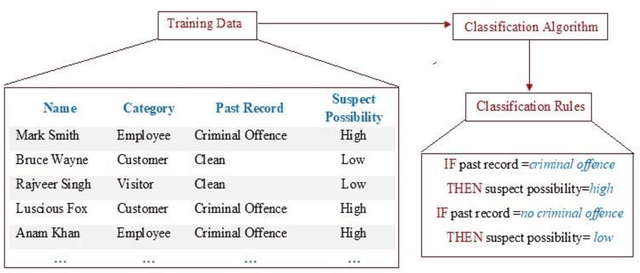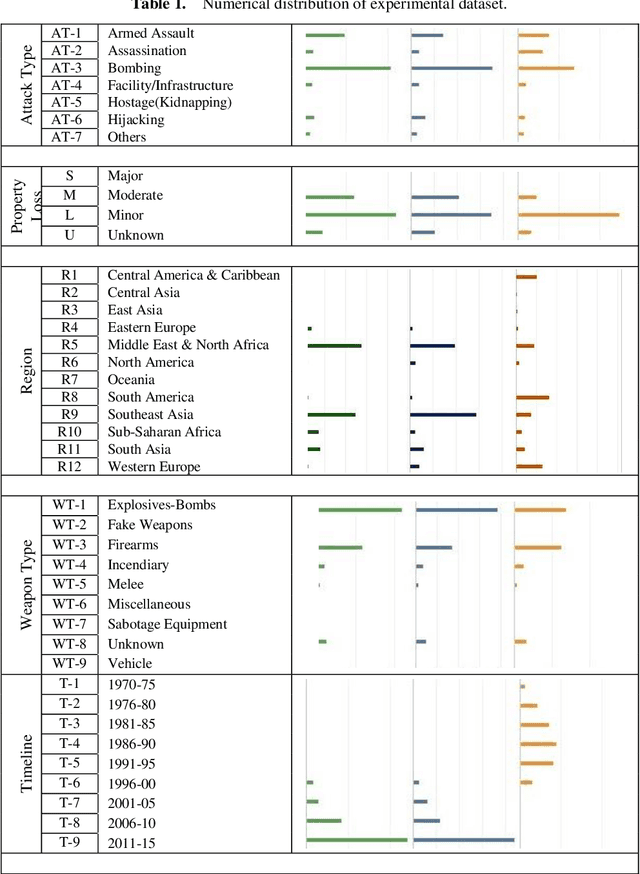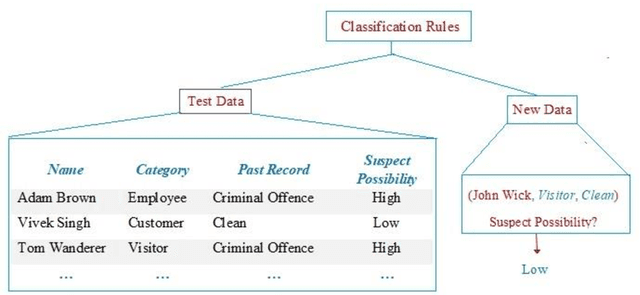Angelo Messina
Deep Learning Algorithm for Advanced Level-3 Inverse-Modeling of Silicon-Carbide Power MOSFET Devices
Oct 16, 2023Abstract:Inverse modelling with deep learning algorithms involves training deep architecture to predict device's parameters from its static behaviour. Inverse device modelling is suitable to reconstruct drifted physical parameters of devices temporally degraded or to retrieve physical configuration. There are many variables that can influence the performance of an inverse modelling method. In this work the authors propose a deep learning method trained for retrieving physical parameters of Level-3 model of Power Silicon-Carbide MOSFET (SiC Power MOS). The SiC devices are used in applications where classical silicon devices failed due to high-temperature or high switching capability. The key application of SiC power devices is in the automotive field (i.e. in the field of electrical vehicles). Due to physiological degradation or high-stressing environment, SiC Power MOS shows a significant drift of physical parameters which can be monitored by using inverse modelling. The aim of this work is to provide a possible deep learning-based solution for retrieving physical parameters of the SiC Power MOSFET. Preliminary results based on the retrieving of channel length of the device are reported. Channel length of power MOSFET is a key parameter involved in the static and dynamic behaviour of the device. The experimental results reported in this work confirmed the effectiveness of a multi-layer perceptron designed to retrieve this parameter.
A Conjoint Application of Data Mining Techniques for Analysis of Global Terrorist Attacks -- Prevention and Prediction for Combating Terrorism
Jan 19, 2019



Abstract:Terrorism has become one of the most tedious problems to deal with and a prominent threat to mankind. To enhance counter-terrorism, several research works are developing efficient and precise systems, data mining is not an exception. Immense data is floating in our lives, though the scarce availability of authentic terrorist attack data in the public domain makes it complicated to fight terrorism. This manuscript focuses on data mining classification techniques and discusses the role of United Nations in counter-terrorism. It analyzes the performance of classifiers such as Lazy Tree, Multilayer Perceptron, Multiclass and Na\"ive Bayes classifiers for observing the trends for terrorist attacks around the world. The database for experiment purpose is created from different public and open access sources for years 1970-2015 comprising of 156,772 reported attacks causing massive losses of lives and property. This work enumerates the losses occurred, trends in attack frequency and places more prone to it, by considering the attack responsibilities taken as evaluation class.
 Add to Chrome
Add to Chrome Add to Firefox
Add to Firefox Add to Edge
Add to Edge